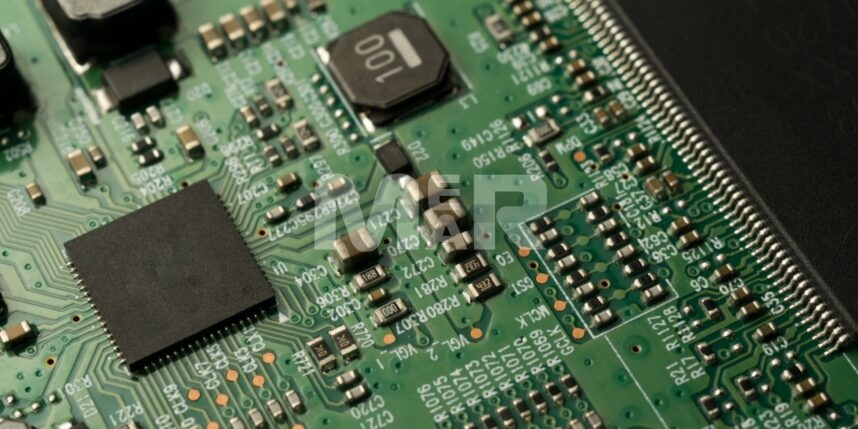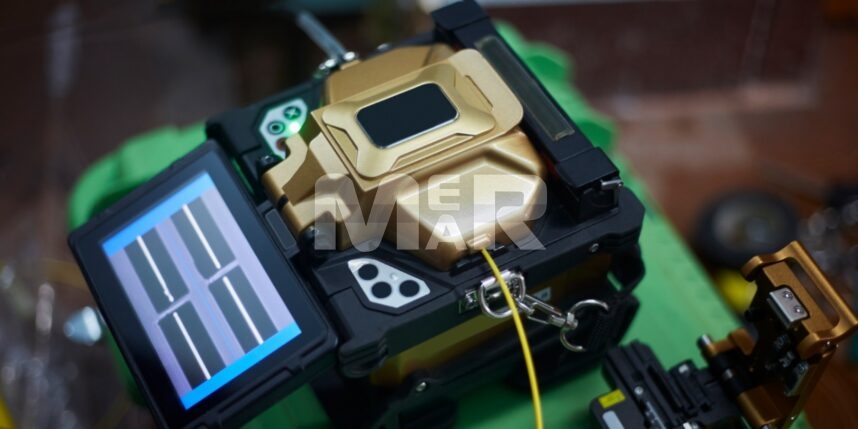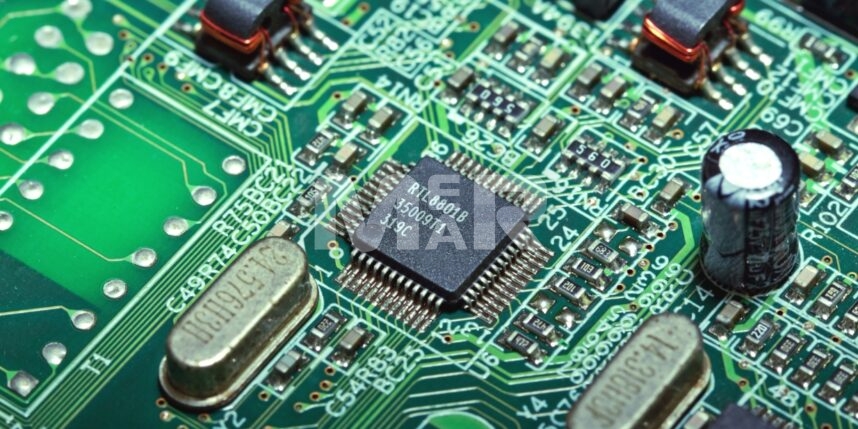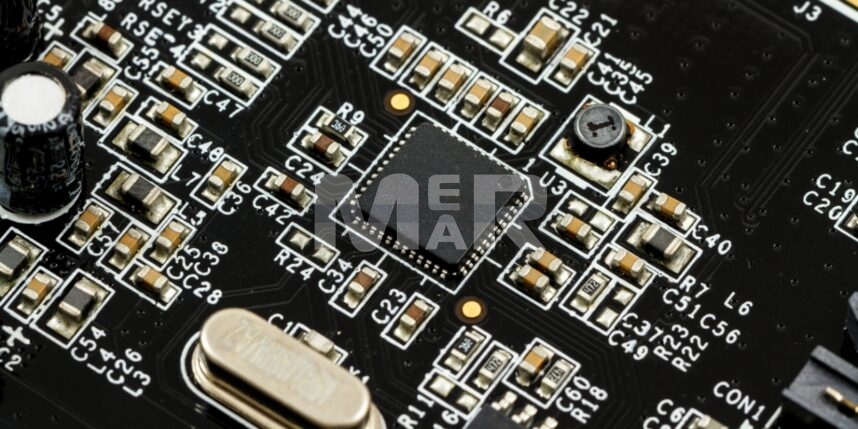PCB Surface Finishes & Its Types: Choose the Right for Your Project

When it comes to designing a printed circuit board, an important step is to be able to choose the right surface finish. There are a whole lot of factors that go into your choice of surface finish, including but not restricted to the components being used, what kind of production volumes you are looking at, the cost aspect and more. Here are 5 PCB surface finishes types that you can choose from along with their relative merits & demerits:
PCB Surface Finish Types
1. Hot Air Solder Leveling (HASL)
When cost is a major criterion, this is the finish to go with, as it is one of the least expensive options. What this finish involves is dipping the board in molten solder and then using a hot air knife to level it. This option works particularly well if you are using through-hole PCB or SMT components, even though it isn’t suited for SMT components smaller than 0805. Also, this surface finish isn’t RoHS compliant as it uses tin-lead.
Advantage of HASL PCB Surface Finish
- It comes at a low cost
- It is known for its solderability
Disadvantage of HASL PCB Surface Finish
- It isn’t RoHS complaint
- Not suitable for small components
- Not suitable for HDI products
2. Lead-Free HASL
This surface finish is similar to the Hot Air Solder Leveling finish, except that it does not use tin-lead. What it uses instead is tin-nickel or tin-copper or even tin-copper-nickel-germanium. This makes it RoHS Complaint.
Advantage of Lead-free HASL Surface Finish
- High solderability
- Low on cost
- Allowing large processing window.
Disadvantage of Lead-free HASL Surface Finish
- It isn’t suitable for small components
- There is a difference in thickness between large and small pads
- It needs a high processing temperature
3. Immersion Tin (ISn)
Unlike the previous surface finishes, these work well for PCB small components. It uses a flat immersion coating that doesn’t come in the way of small components. Also, since tin isn’t expensive, this works well on the cost front as well. The disadvantage of this surface type however includes tarnishing. This is turn means that you need to solder the joints within 30 days. Alternatively, you could also use an immersion silver coating. However, this may be possible if the volumes aren’t too high. The advantages of this surface finish therefore are:
Advantage of Immersion Tin Surface Finish
- It works for small components
- It is not too high in cost
- Has high solderability
- Is re-workable
Disadvantage of Immersion Tin Surface Finish
- It needs to be handled with care
- Exposed tin can corrode
- Baking prior isn’t advisable
- Peel-able masks need to be avoided
- Isn’t advisable for multiple assembly processes
4. Immersion Silver (IAg)
With Immersion silver not reacting with copper like tin, it can be a good alternative for the surface finish. However, it is still known to tarnish on exposure to air. With immersion silver PCB surface finish, an anti-tarnish packaging is of essence so that it remains solderable for 6-12 months.
Advantage of Immersion Silver Surface Finish
- It works well for small components
- It is mid-range in terms of cost
Disadvantage of Immersion Silver Surface Finish
- It has to be handled sensitively
- It needs anti-tarnish packaging
- Peel-able masks aren’t recommended to be used.
5. Electro less Nickel Immersion Gold (ENIG)
This surface finish essentially involves having a thin gold layer over nickel. The components are actually soldered to the nickel surface. The gold layer lands up protecting the nickel. This makes for durability and a long shelf life. ENIG is these days the most used surface finish on account of this as also the fact that it is RoHS Compliant. Of course, its terms of cost, this finish does take a beating as it is one of the most expensive.
Advantage of Electro less Nickel Immersion Gold Surface Finish
- It is suitable for small parts
- The added advantage of this is that it is Wire bondable
- Long shelf life
- It is also good for Plated through holes
Disadvantage of Electro less Nickel Immersion Gold Surface Finish
- Expensive
- It can be aggressive when it comes to solder masks
- Not re workable
Making the right choice
Choosing the right surface finish therefore requires a close evaluation of various factors including your production volume. You would also need to take into account factors such as:
- Durability
- Environmental Impact
- Types of components
You will have to take multiple issues into account while making the final choice. For example, a cost-based approach may see you leaning towards tin-lead HASL. However, this has issues in terms of not being RoHS compliant. An experienced PCB Fabricator can go a long way in studying your requirements and recommending an option that best fits your bespoke requirements.








